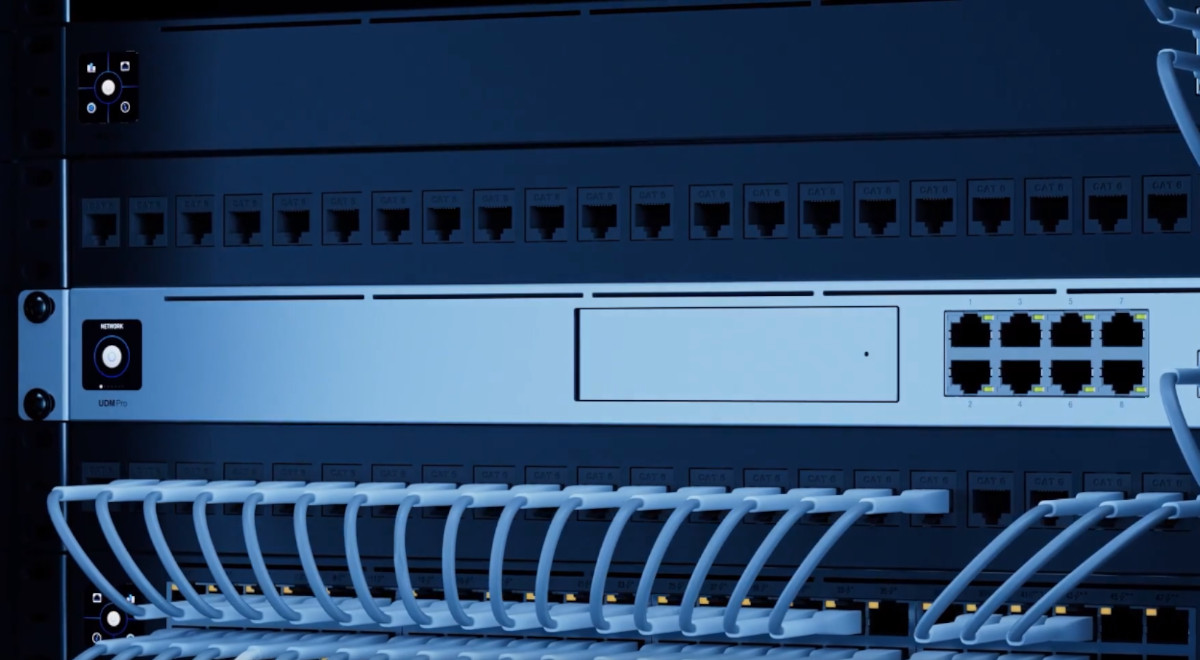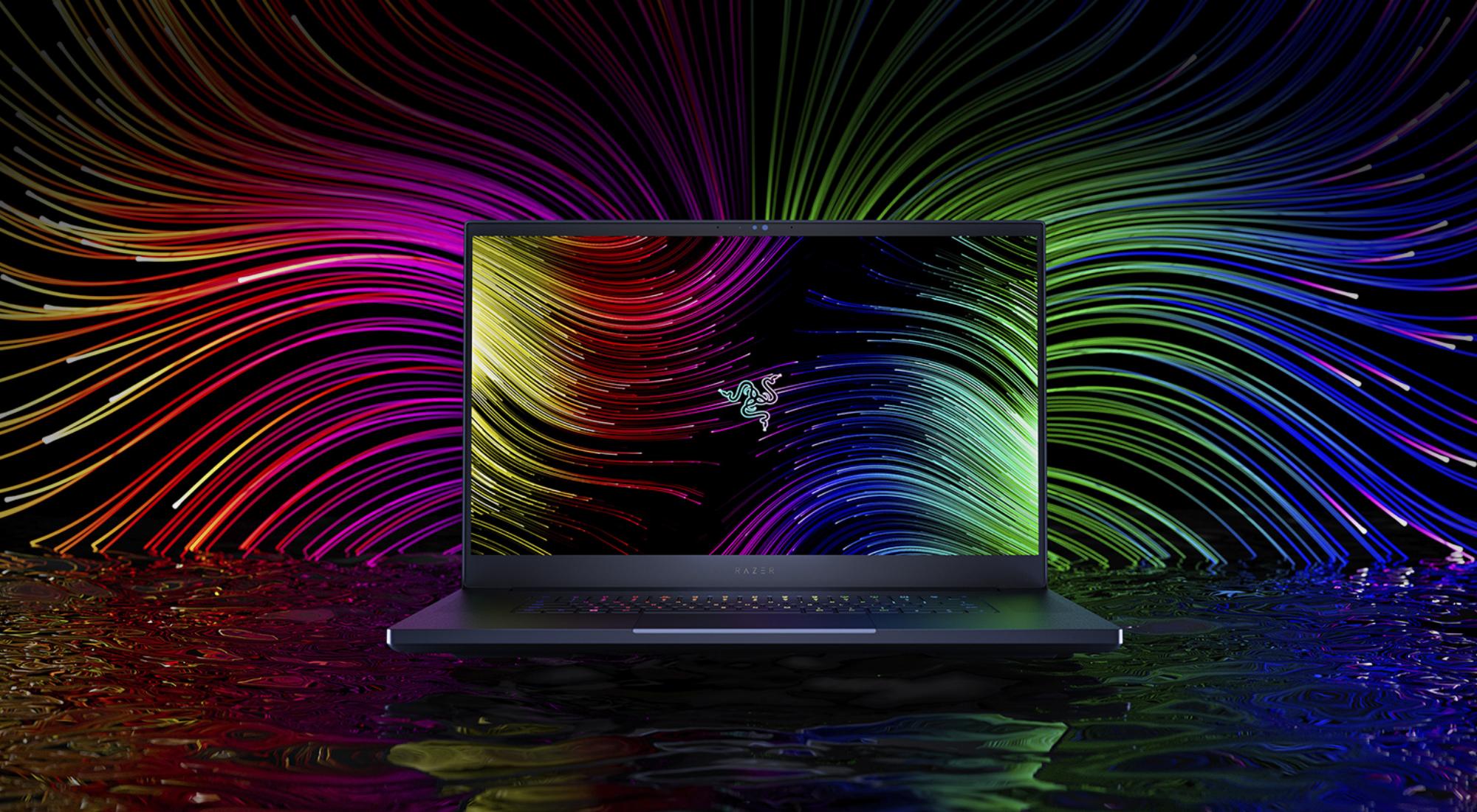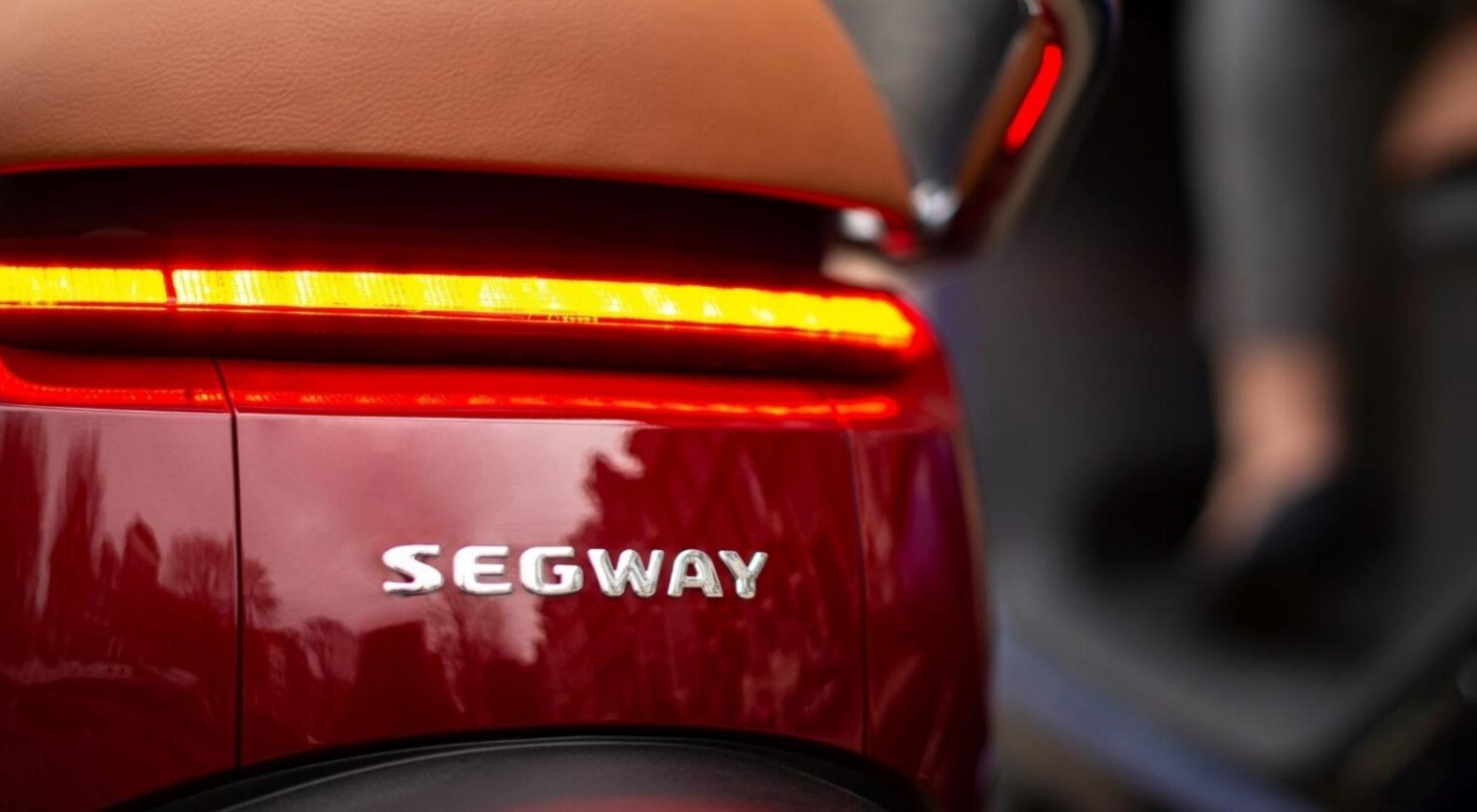5 microphone differences you should consider before buying
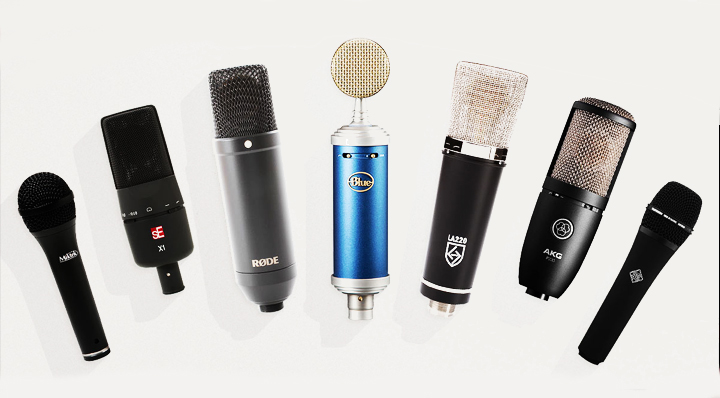
There are many different types of microphones on the market for many different applications. Filming, podcasting, gaming, vlogging, and many others. While you can use certain microphones for multiple uses, sometimes, you’ll need a microphone for something specific and you’ll need a certain microphone for that to work. Today, we’ll be going through the differences in microphone types, inputs and more, to help you get a better understanding of what you need.
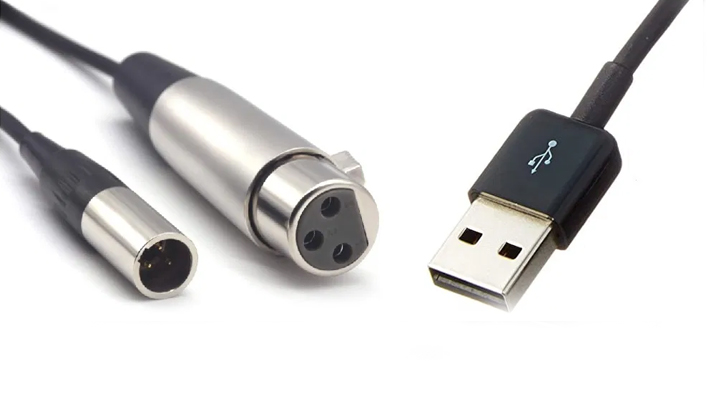
XLR or USB microphones. What’s the best input?
If you’re an audiophile, you probably already have an answer in mind. However, hear us out! A lot of professionals move to XLR microphones and have complete faith that it’s better quality than a USB mic. Is that actually true though? Let’s find out.
Most USB microphones use the same condenser element as an XLR microphone. On the other hand, XLR mics have a sense of reliability and quality about them that, for some, makes it difficult to put them in the same category as USB microphones.
What's the Difference?
Let’s start with the obvious, the connections. XLR microphones use a 3-prong connector. It will need to be connected to an interface, such as a mixer as they won’t connect directly to a computer.
A USB microphone, can connect directly to your PC with no problem and in some cases, other devices that can accept USB via an adapter (such as a phone for example). You won’t need any type of mixer to have you up and running.
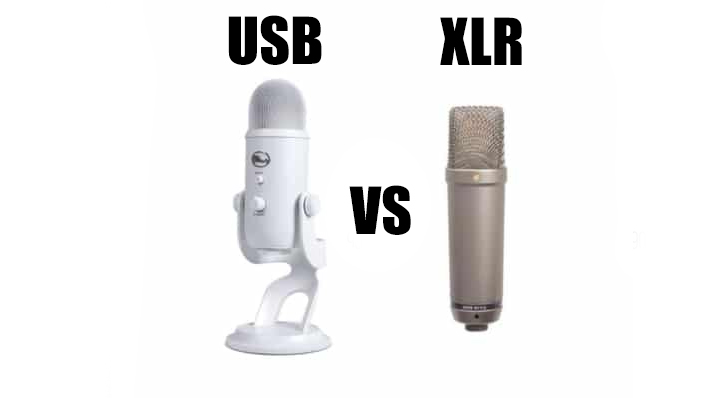
Which Should I Use?
It really comes down to personal preference in this case. USB microphones are used by mostly, start-ups or hobbyists. If you just started podcasting or streaming, then maybe you can consider a USB microphone. They’re easy to set up, can be used on multiple USB compatible devices, don’t require any extra equipment for you to use and are usually significantly cheaper than XLR mics. They’re a great starting ground for those just starting out and due to their low cost and lack of technical knowledge needed to operate them, they’re great for people who are either just starting out or are just using the microphone as a hobby.
XLR microphones on the other hand tend to be a bit of a step up from USB mics. A lot of people usually move towards an XLR microphone after they’re grown out of their USB microphone and want a mic that is a bit more technical that provides further adjustability and capabilities. These microphones need to be connected to an interface such as a mixer, so they tend to be used by those who are moving towards a much more professional setup.
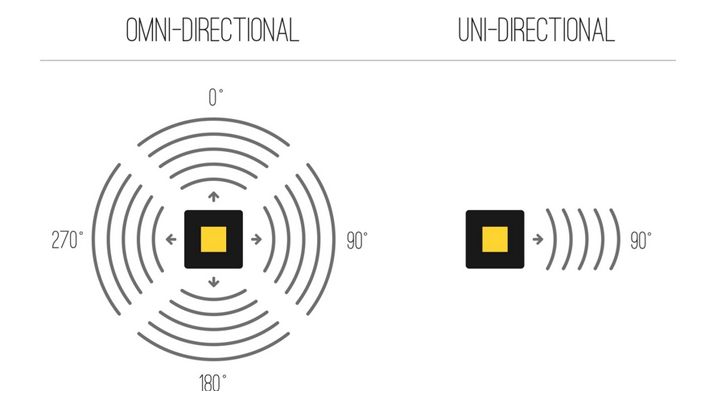
Do I need omnidirectional or directional microphones?
The simplest way to explain this is that omnidirectional microphones pick up sound from all directions equally, whereas directional microphones focus more on one direction than others.
For microphones that are used very close to the source, such as ear sets, headsets, and head-worn lavalieres, the omnidirectional pattern is usually the best option since the proximity to the source provides ample gain before feedback.
For microphones used further from the source such as hanging choir or podium mics or in situations requiring extreme isolation in very loud environments, then choose a directional microphone with a cardioid or hyper-cardioid pattern.
Something to consider: Directional microphones are very sensitive to wind noise and handling noise. Windscreens and cable clips/tape are highly recommended to help reduce wind and handling noise.
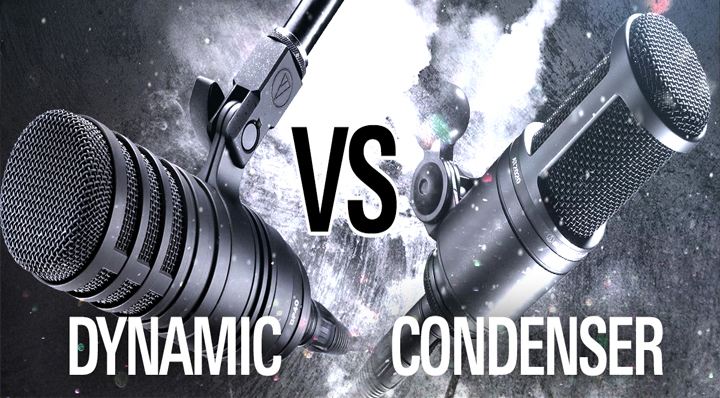
Condenser vs Dynamic microphones. Which should I use?
Two of the most popular keywords that came up while I did research when buying my first mic, were ‘condenser’ and ‘dynamic’. But what is the difference between dynamic and condenser microphones? Does it matter which one you get? Absolutely! Don’t make a mistake here, because it can be an expensive mistake.
What is a dynamic microphone?
Used for: loud sounds, live instruments/amps, drums
Pros: cheaper price range, pretty durable, they don’t need a power source
Cons: Quiet sounds and high-frequency sounds are very hard to pick up.
Dynamic microphones are the oldest type of microphone and in terms of their design, also fairly old.
To simplify it, the sound in a dynamic mic is created when a sound wave hits a diaphragm (when is a device that’s usually made from either plastic or polyester film which is used to sense a sound signal), causing it to move.
The diaphragm is attached to a metal coil which is suspended between two magnets. When the diaphragm moves, the coil also moves up and down producing a small AC current, mimicking that of the sound wave.
In Layman’s terms, imagine the sound wave being like a wave on the water that you create by moving boat, and then imagine the metal coil as a buoy that’s moving up and down on the surface of the water as each wave passes it.
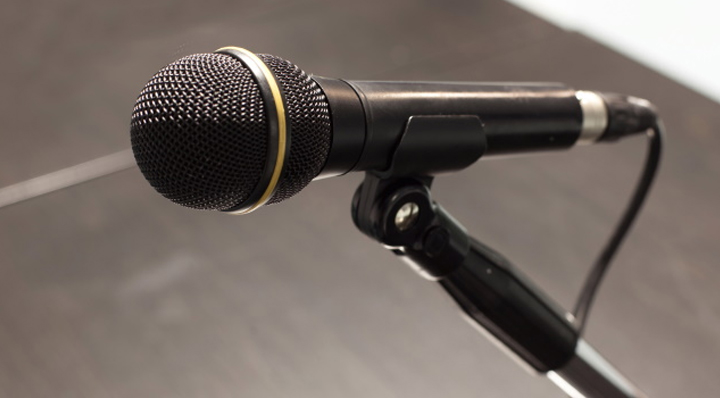
Dynamic microphones are capable of withstanding high sound pressure levels. This makes them ideal for recording loud sounds or for use in a live setting, such as a music concert or festival. They are also reasonably priced due to their fairly rudimentary design and they can withstand a lot of wear and tear, so they are fairly durable. This is one of the reasons they are the most frequently used microphone for live performances, even if the microphone is dropped, it should still work as normal, it’s hard (but not impossible) to damage them accidentally. However, this durability becomes a limitation of dynamic microphones in some situations.
The coil has a certain weight to it and therefore if you make a quiet sound or perhaps a sound of particularly high or low frequency, the coil will not vibrate sufficiently to produce an accurate representation of the sound.
So in a studio, where you aren’t worried about sounds being particularly loud, and where you want to record the intricacies of your vocals. A dynamic microphone may not be the best fit. In that case, you may want to consider a condenser microphone.
What is a condenser microphone?
Used for: quieter and more complex sounds with a greater range of frequencies
Pros: Accurate and sensitive
Cons: more expensive, more fragile, not ideal for any loud sound.
Unlike dynamic microphones, condenser microphones are capable of capturing those much quieter sounds with a high degree of accuracy.
A condenser microphone also contains a diaphragm, which is usually made of very thin metal and another piece of metal called a backplate. Electricity is applied to both of these creating a static charge between them.
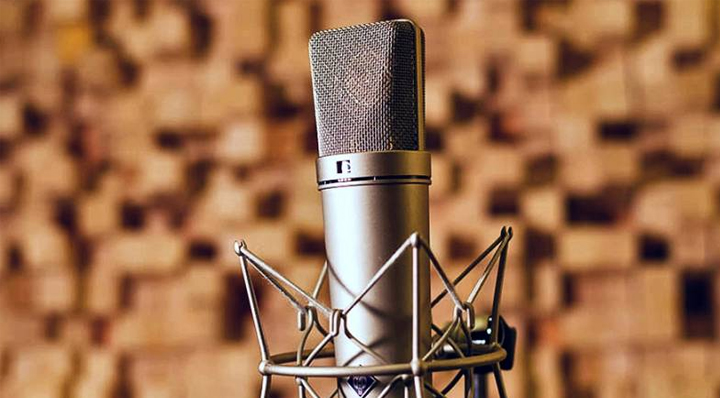
Once a soundwave hits the diaphragm it vibrates and produces a small electrical current.
Since electricity is applied to the diaphragm and backplate of condenser mics, you’ll need to power them externally, unlike a dynamic mic.
The amount of electricity required ranges from between 9 and 48 volts. For this, you will either need batteries in the microphone itself or something known as phantom power.
What is Phantom Power?
It’s a ghost that hovers around your studio to specifically power a particular microphone. Well, at least that’s what the name suggests, and I kind of wish that was the case. Phantom power refers to a tiny amount of power needed to make the diaphragm move. The power can usually be supplied by your audio interface or a pre-amp. You’d usually find a phantom power switch on them.

What are ribbon microphones?
Used for: Low-end pick-up and high-frequency roll off
Pros: They hear more like your ears, can pick up the smallest sound details
Cons: Very fragile, high-price tag
Another type of microphone is known as a ribbon microphone. How are they different from condenser and dynamic mics?
In ribbon microphones, a light metal ribbon (usually corrugated) is suspended between the poles of a magnet. As the ribbon vibrates, a voltage is induced at right angles to both the ribbon velocity and magnetic field direction and is picked off by contacts at the ends of the ribbon.
Ribbon microphones are the most natural mics that you can use to capture the sound of an instrument, a voice, and even the ambiance of a room. Due to their figure-of-8 polar pattern, massive low-end pick-up, and natural high-frequency roll-off, ribbons really hear more like your ears than any other mic out there.
If you’re a musician and have struggled to capture the natural sound of your instrument, it’s time to try a ribbon mic. Maybe you’ve gone to recording studios, friend’s houses, and you’ve even bought some mics, but you’ve struggled to truly record your instrument the way you hear it. A ribbon mic will fix that. Ribbons are the warmest, most natural-sounding mics on the market.
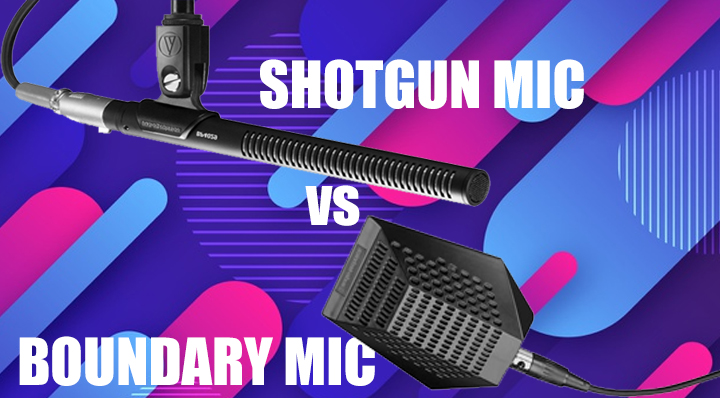
Shotgun vs Boundary microphones
These are two very different types of microphones for specific applications. One is used to record a specific source where the other is designed to capture the sound of an entire room.
What is a shotgun mic?
Used for: Recording actors on set for film or television, recording sound effects in the field, attempting to record any specific source from a distance.
Pros: Great for filming such as movies, filters out most noise from the side of the mic
Cons: Can only be used in one direction
Shotgun mics have two key characteristics. They're small-diaphragm condensers that have the shotgun pickup pattern, meaning they reject as much sound as possible from all directions except the tightly focused area you aim it at.
In addition, they usually have a very long interference tube at the front that filters even more sound from the sides. The reason this tube exists is that the pickup pattern still accepts sound noise from the sides (there's no way around it).
So the best we can do is hide the diaphragm deep behind this acoustic shield tube. It works amazingly well and produces the vocal recordings you hear on nearly all TV shows and movies you watch. You'll have seen people on set holding these long, fuzzy mics over the top of the scene at some point or another.

What is a boundary mic?
Used for: recording entire rooms like a conference room, theatre stage performance, church choirs, a room mic in the studio, etc.
Pros: Great for recording a whole room, can easily be mounted out of the way onto a wall
Cons: Can pick up unwanted sounds, which may be hard to remove from a recording
Boundary mics are an anomaly that exists for two specific reasons. They don't suffer from comb filtering because they're right up against the walls that reflect sound and cause the comb filtering. The other reason is to record the sounds of an entire room out of convenience.
Typically, you'll find these in business conference rooms at the center of the table everyone is seated at and sometimes in theatre auditoriums laid on the front of the stage to record the performance. Otherwise, you'll sometimes (rarely) find them in studios being used as room mics to give more options during mixing.
Now that you’re equipped with some knowledge about what kind of microphones are out there and their differences, it’s time to seek out your perfect mic at Wireless 1. Check out our massive range of microphones from the most popular brands by clicking here.










